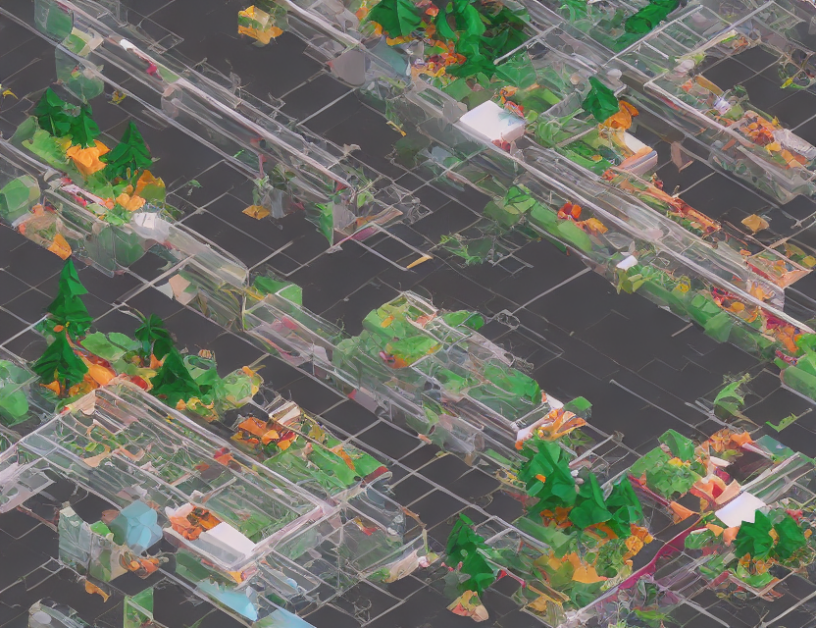In this article, we explore the intersection of vision and language in vehicle recognition. By combining pre-trained vision-language models with contrastive learning, we can create a powerful framework for identifying vehicles from natural language descriptions. Our approach leverages CLIP, a popular vision-language model, to encode both visual and textual information into a shared latent space. We then use the cosine similarity between the encoded features to reconstruct the original image and text.
To further enhance our framework’s performance, we incorporate cross-modality contrastive learning. This involves training the model to distinguish between the visual and textual representations of the same vehicle, which helps the model learn semantic-aware features. The decoding phase is also optimized through the use of L2 normalization, ensuring that the visual and textual features are properly aligned before comparison.
Our proposed method offers several advantages over traditional computer vision techniques. By leveraging pre-trained language models like CLIP, we can eliminate the need for extensive training on large datasets, reducing both time and computational resources required. Additionally, our approach allows for more flexible and accurate vehicle recognition, as it can handle variations in lighting, viewpoint, and other environmental factors.
In summary, this article presents a novel framework that combines the strengths of vision and language to achieve robust and accurate vehicle recognition. By leveraging pre-trained models and contrastive learning, we can create a powerful tool for recognizing vehicles from natural language descriptions, with applications in various industries such as transportation and security.
Computer Science, Computer Vision and Pattern Recognition
Zero-Shot Text-to-Image Generation with Multimodal Encoding



